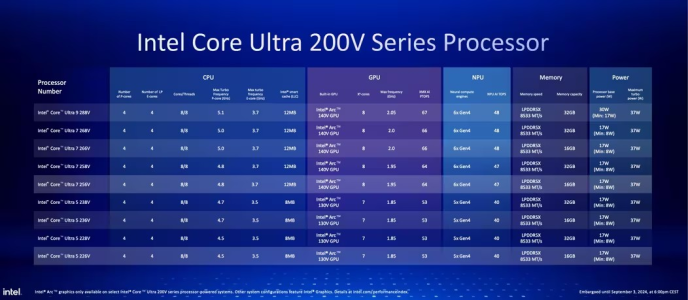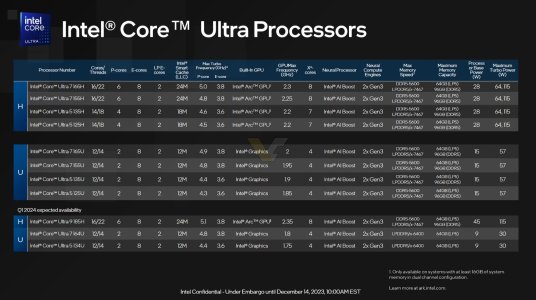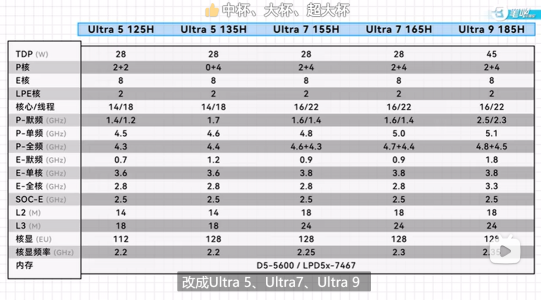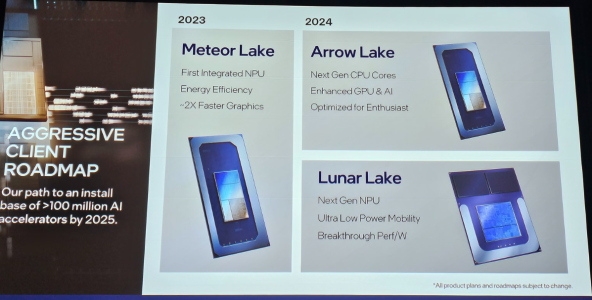How do you personally define "MUCH"?
There are numerous duopoly pricing models around with various assumptions. One famous model is the Cournot Model that makes simple assumptions (such as no collusions between companies, that the products can reasonably be interchanged by the users, and that the firms act rationally to maximize profits). In the Cournot model, the maximum profit for a monopoly occurs at price [a + c] / 2 and the maximum profit for a duopoly occurs at price [a + 2*c] / 3, where:
- 'a' is the price when the product is scarce. That is the maximum price that someone rational will pay when free to make choices (i.e. not a life/death situation with insulin).
- 'c' is the marginal cost. That is, the cost to make one more item. This excludes all research costs, equipment costs, start up costs etc since that was all factored into the first item produced. If AMD makes 10 million CPUs of a given style, then 'c' is how much more does it cost to make 10 million and one CPUs of that style.
Lets try a few numbers. Suppose a rational person would pay $1000 for an i7 Intel CPU or $1000 for a Ryzen 7 CPU if there was a shortage of i7/Ryzen 7 CPUs. Remember there are other CPUs, there is just a shortage of this line of i7/Ryzen 7 CPU in this example. If the i7/Ryzen 7 CPU cost more than $1000, then they'd just switch to the i9 equivalent. Thus 'a' = $1000. Suppose it costs the companies $50 to make one more CPU than they would otherwise make. Thus, 'c' = $50. Then the monopoly price is $525 and the duopoly price is $367. The difference is a 30% savings.
Now, what about a lower end model. Suppose a rational person would pay $250 for an i3 Intel CPU or a Ryzen 3 CPU if there was a shortage of i3/Ryzen 3 CPUs. Remember there are other CPUs, there is just a shortage of this line. If the i3/Ryzen 3 CPU cost more than $250 then they'd just switch to the i5 equivalent. Thus 'a' = $250. Suppose it costs the companies $50 to make one more CPU than they would otherwise make. Thus, 'c' = $50. Then the monopoly price is $150 and the duopoly price is $117. The difference is a 22% savings.
But, if the companies can differentiate the product sufficiently, this violates the "reasonably be interchanged by the users" assumption. In this case, both can act as monopolies and the difference with 1 or 2 companies could be nothing. In fact, having competition could actually raise prices. Look up "price-increasing competition". Basically it would be more efficient for a single monopoly to make all the CPUs and thus costs "c" decrease in the monopoly case and prices could decrease if one of the two goes out of business.












